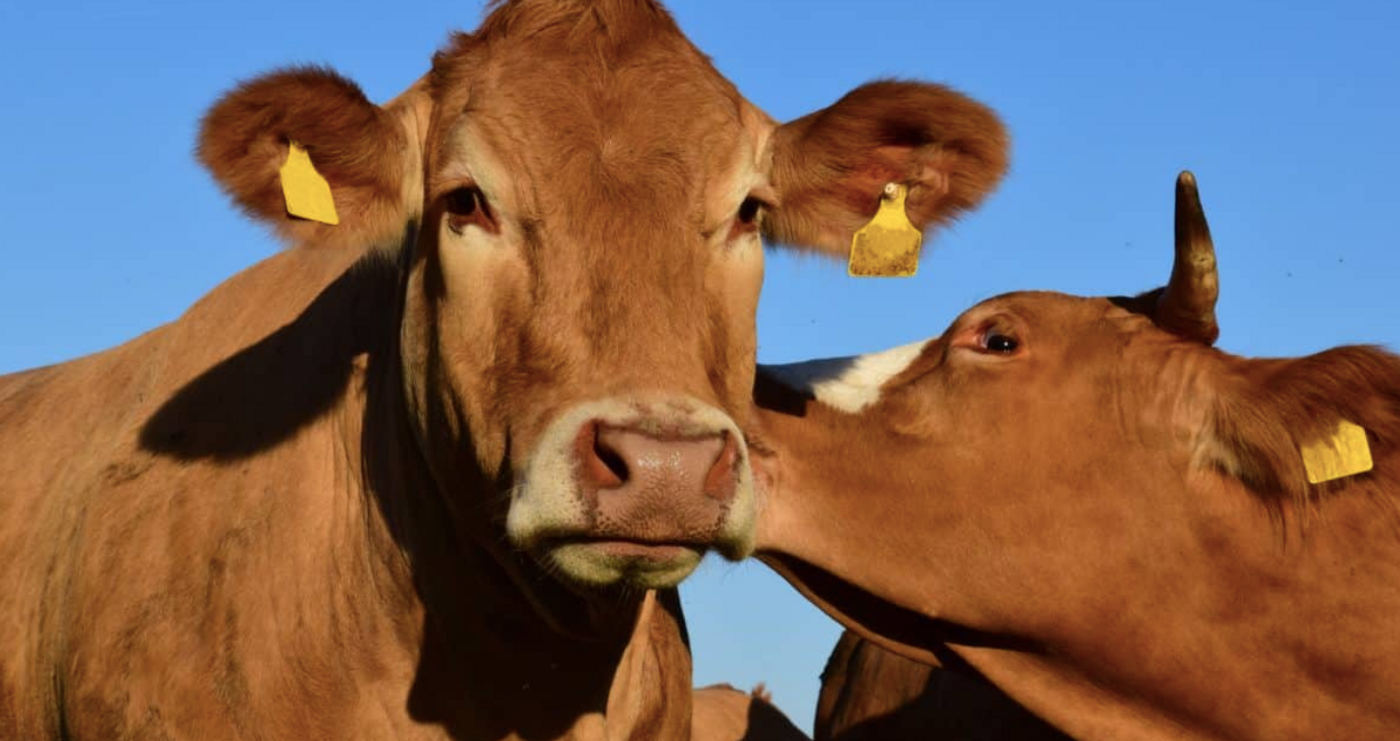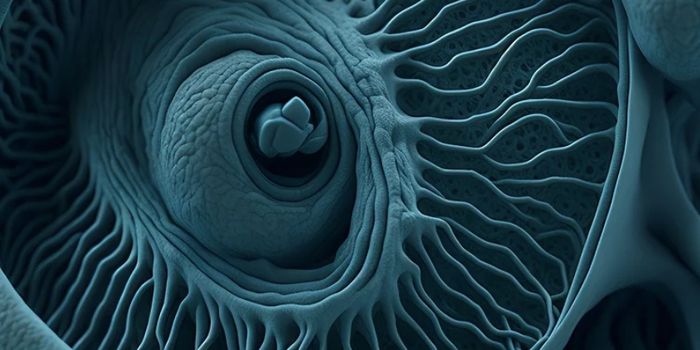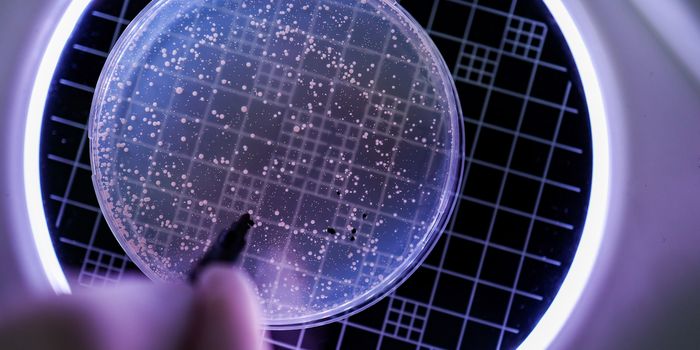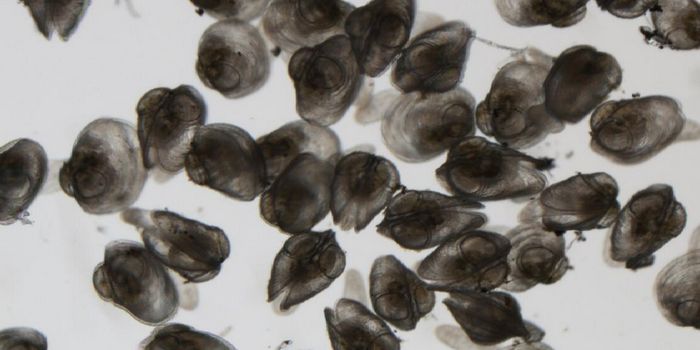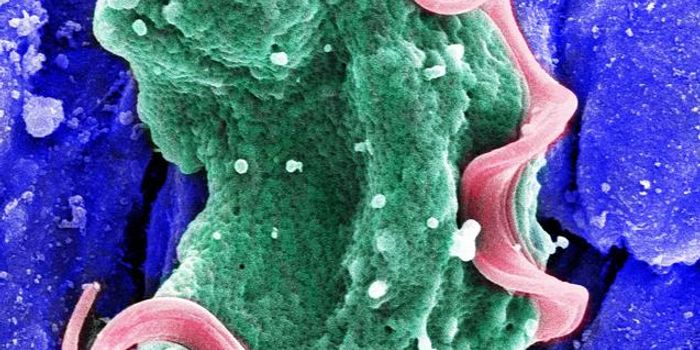Standard Methods Aren't Revealing Antibiotic Resistant Bacteria in Cattle
Antibiotic resistant bacteria pose a potentially serious threat to public health. There are a variety of ways that people have encouraged the evolution of these microbes, some of which involve practices in industrial agriculture. While organizations like the Food and Drug Administration conduct some surveillance for these microorganisms, such as Salmonella, a new study has suggested that we've been missing some of them.
Reporting in Antimicrobial Agents and Chemotherapy, researchers have determined that culturing methods that are now used to detect potentially dangerous bacteria may not identify antibiotic resistant Salmonella. Testing indicated that 60 percent of contaminated fecal samples were not found with the standard technique. One of every ten of these samples carried Salmonella Reading, a drug-resistant strain.
If people consume food that's contaminated with Salmonella (and the microbes aren't killed with cooking heat or there is cross-contamination with uncooked food), digestive illness can result. If the Salmonella is also drug-resistant, that can become a severe problem.
A tool called CRISPR-SeroSeq, which identifies all strains of Salmonella in a sample, was created by researcher Nikki Shariat, an assistant professor of population health in the College of Veterinary Medicine at the University of Georgia in 2015. Standard culturing techniques may result in the growth of hundreds of bacterial colonies or more, but only a few can be directly assessed, so some strains are missed entirely.
"The problem is you have hundreds of salmonella colonies in a given sample, but you only pick one or two of them to test," Shariat said. "It becomes a numbers game where researchers only pick the most abundant ones, and this means that they underestimate the different types of salmonella that are present."
CRIRP-SeroSeq can identify their molecular sequences, and can also show which strains are most abundant. Fecal samples from cattle that were not treated with tetracycline were tested, and the standard culture method did not pick up on the Salmonella Reading strain. When cattle were given tetracycline, the other strains of Salmonella that had been dominant were eliminated, leaving primarily Salmonella Reading growing, only then could the standard test identify it. CRISPR-SeroSeq found the Salmonella Reading strain both times.
"This suggests that traditional tests have underestimated the amount of antibiotic-resistant bacteria in the past," explained Shariat.
Sources: AAAS/Eurekalert! via University of Georgia, Antimicrobial Agents and Chemotherapy
